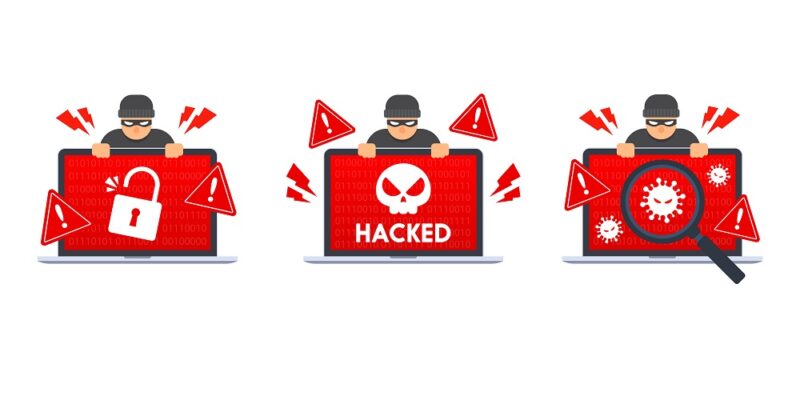 Cybercriminals Using New ASMCrypt Malware Loader Flying Under the Radar
Cybercriminals Using New ASMCrypt Malware Loader Flying Under the Radar
Threat actors are selling a new crypter and loader called ASMCrypt, which has been described as an “evolved version” of another loader malware known as DoubleFinger. “The idea behind this type of malware is to load the final payload without the loading process or the payload itself being detected by AV/EDR, etc.,” Kaspersky said in…










